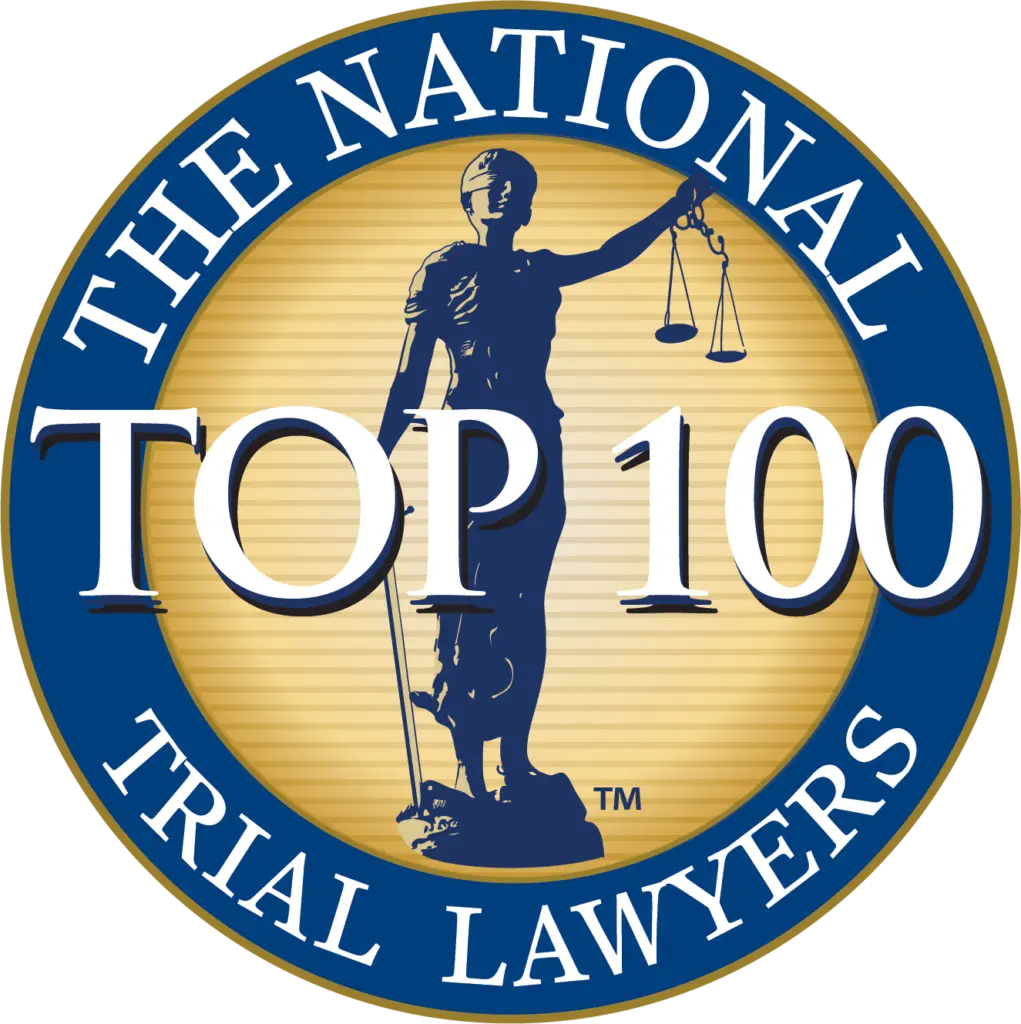Call For A Free Consultation
415-897-4801
Novato Corporate Office (Mailing Address):
10 Commercial Blvd #206 Novato, CA 94949
Offices Located In San Francisco, Oakland, San Jose, Walnut Creek, Pleasanton, Santa Rosa, Napa, Redwood City, Sacramento and Newark
The Dangers of Cycling without a Helmet
When you hop onto a bicycle, the fresh air, the feeling of freedom, and the rush of the wind against your face might tempt you to forget all about safety. But safety should always be a top priority. Let’s explore the reasons why wearing a helmet when cycling is so essential.
The Science of Impact
Imagine dropping a watermelon from a certain height. Even without a very high drop, it’s likely to crack upon hitting the ground. Our brains, snug inside our skulls, are quite vulnerable too. A sharp jolt, a sudden stop, or an unfortunate fall can exert significant force on the brain. Helmets are designed to absorb and disperse that force, greatly reducing the risk of injury.
Common Misconceptions
- ‘I’m just going for a short ride’: Even a short ride can result in unexpected accidents. Uneven terrain, unexpected obstacles, or a momentary lapse in judgement can happen anytime, anywhere.
- ‘I’m an experienced cyclist’: Skill and experience indeed matter, but they don’t make anyone immune to accidents. External factors like road conditions, other vehicles, and even weather can be unpredictable.
Real-Life Consequences
- Brain injuries: Without protection, the risk of suffering from traumatic brain injuries significantly increases. These can range from concussions to severe brain damage.
- Facial and head injuries: Apart from protecting your brain, helmets also provide a safeguard against cuts, scrapes, and bruises on your face and head.
- Long-term implications: Brain injuries can have long-lasting effects, such as memory loss, difficulty in concentration, and even permanent disabilities. The few seconds it takes to put on a helmet can make a lifetime of difference.
What to Look for in a Helmet
When shopping for a helmet, prioritize the following:
- Fit: A well-fitting helmet stays snug on your head. Too tight, and it can cause discomfort; too loose, and it may not provide optimal protection.
- Ventilation: Proper airflow ensures that you remain cool and comfortable, especially during longer rides or on hot days.
- Visibility: Helmets with reflective materials or colors that stand out can make you more noticeable to other road users, especially in low-light conditions.
The Broader Picture: Promoting Safe Cycling
Safety doesn’t end with helmets. Following traffic rules, being aware of your surroundings, and maintaining your bicycle are all critical components of safe cycling. While helmets play a pivotal role in protection, combining them with safe riding practices makes for the best defense against accidents.
Bicycle Helmets Explained
Understanding the design and features of a helmet can shed light on just how important they are to wear when riding.
- Outer shell: Typically made of hard plastics, the shell is the first line of defense against external forces. It is designed to prevent punctures and distribute the impact’s energy.
- Inner foam: Made of materials like expanded polystyrene, this layer absorbs the energy from an impact, reducing direct force on the head.
- Straps and buckles: These ensure that the helmet stays in place during a fall or collision. A helmet that’s askew won’t offer full protection.
- Adjustment mechanisms: Modern helmets often come with dials or tabs to fine-tune the fit, ensuring that the helmet sits snugly on the head without being overly tight.
International Safety Standards
Different countries and regions have varying standards for bicycle helmet safety. Here are some of the key organizations and their roles:
- Consumer Product Safety Commission (CPSC): In the USA, helmets must meet standards set by the CPSC. They test helmets for impact resistance, strap strength, and more.
- European Committee for Standardization (CEN): Helmets sold in the European Union must meet CEN’s EN 1078 standard.
- Australian/New Zealand Standards (AS/NZS): Helmets in these countries must conform to the AS/NZS 2063 standard.
Adhering to these standards ensures that helmets provide a consistent level of protection for cyclists across the board.
The Psychology Behind Avoiding Helmets
Despite the evident advantages, some riders still avoid wearing helmets. Understanding their reasons can pave the way for more effective safety campaigns:
- Perceived discomfort: Some believe helmets are uncomfortable or can cause overhearing. Modern designs, however, focus extensively on comfort and ventilation.
- Aesthetic concerns: The way a helmet looks or the fear of ‘helmet hair’ might discourage some, but fashion and safety can coexist. Today, there are countless stylish designs available that cater to various aesthetic preferences.
- Overconfidence: This derives from the belief that accidents won’t happen to them, either due to their skill level or the perceived safety of their regular routes.
The Community’s Role in Promoting Helmet Use
Every individual plays a part in building a culture of safety.
- Peer influence: When groups of cyclists prioritize safety, it encourages everyone in the community to do the same.
- Educational programs: Workshops, training sessions, and awareness campaigns can highlight the importance of helmets.
- Incentives: Some communities have successfully implemented incentive programs, offering discounts, rewards, or recognition to those who consistently wear helmets.
Financial Implications of Not Wearing a Helmet
Beyond the immediate health risks, not wearing a helmet can lead to hefty medical bills, potential loss of income during recovery, or even long-term care costs. Insurance companies might also lower premiums to those who commit to wearing helmets, recognizing the reduced risk.
Celebrating Safe Cycling
Around the world, there are events like Bike to Work Day, Cycle Safety Week, and various races or marathons. While these events promote the joy of cycling, they also emphasize the importance of safety. Helmets are not just a symbol of protection but a testament to a cyclist’s commitment to their wellbeing and those around them.
Despite wearing a helmet, cycling accidents can and do still happen. If you have been involved in a cycling accident that wasn’t your fault, we understand how frustrating this situation can be. At Rush Injury Law, our attorneys are well-versed in these claims and ready to help you get the compensation you are entitled to. Speak to a member of our team today for your free consultation and to find out more about how we can help.
Find us at:
- 10 Commercial Blvd, #206 Novato, CA 94949
- 75 Broadway #202, San Francisco, CA 94111
- 3558 Round Barn Blvd, Suite 200, Santa Rosa, CA 95403
Call us today for a free consultation on (415) 897-4801.
Want A Free Consultation?
© 2025 Rush Injury Law. All Rights Reserved.














